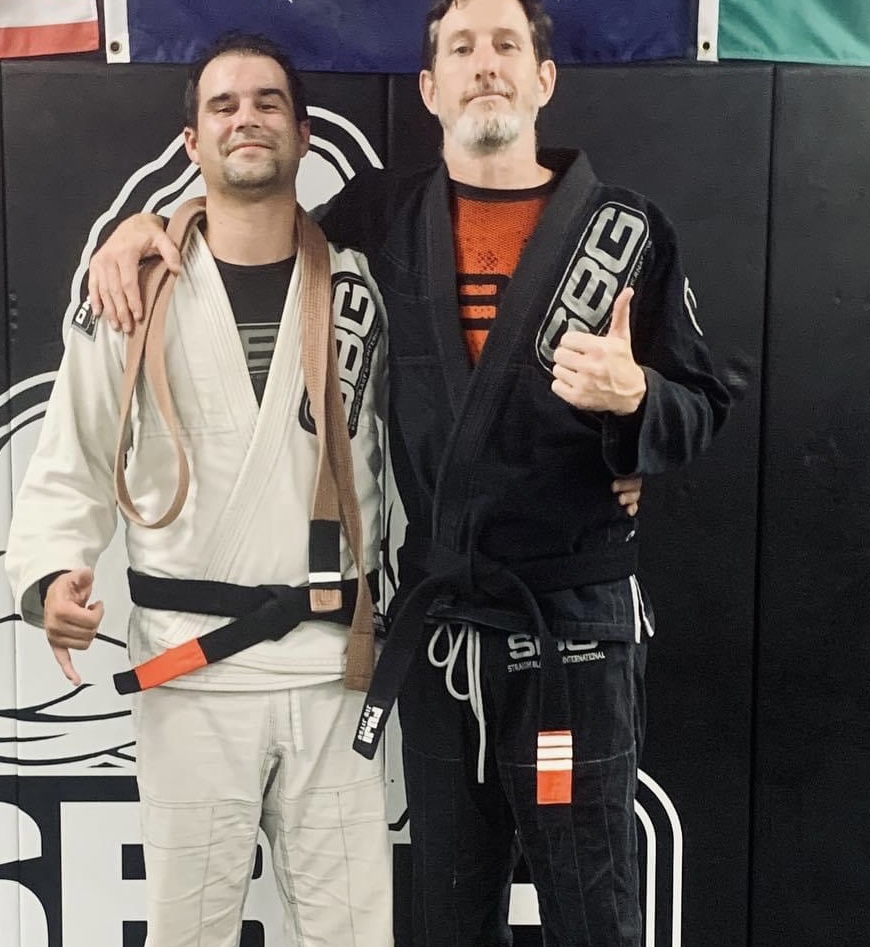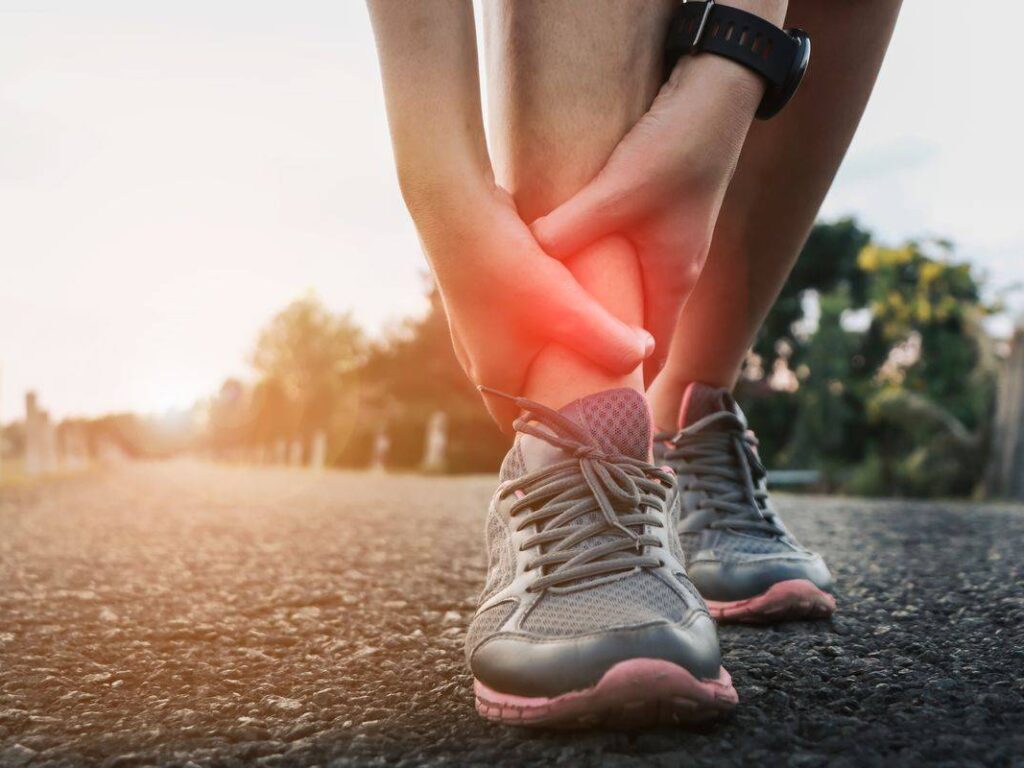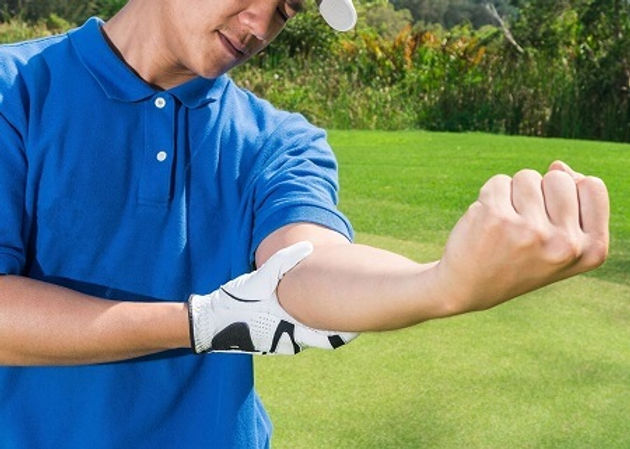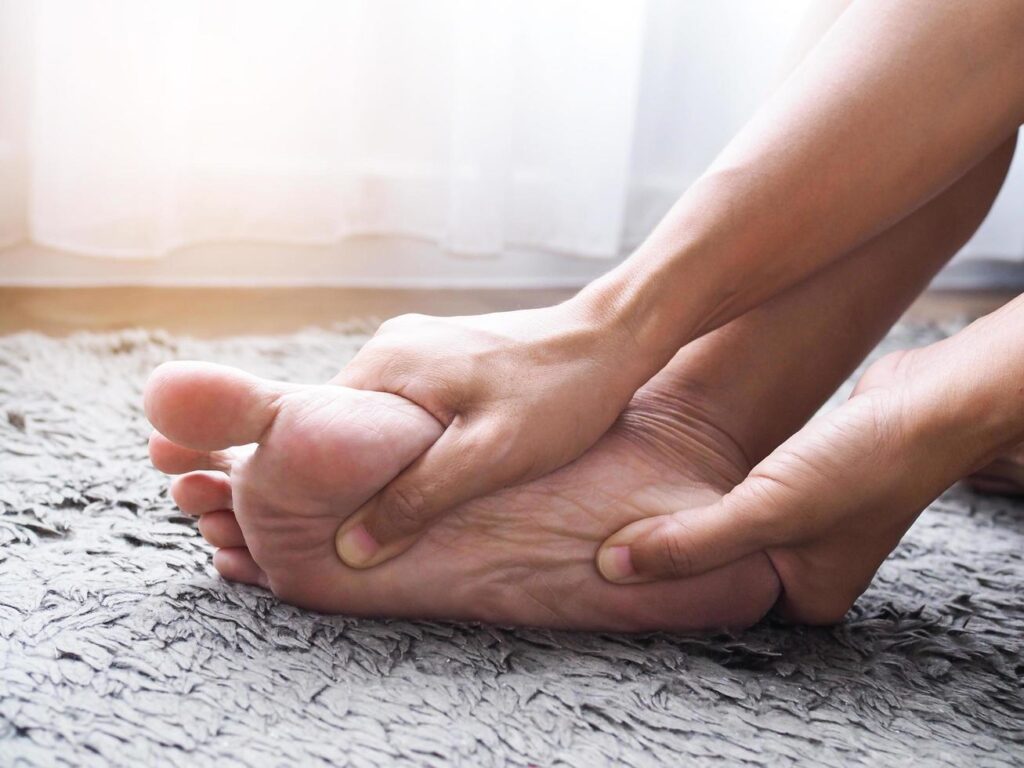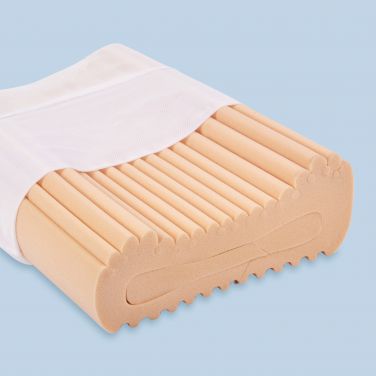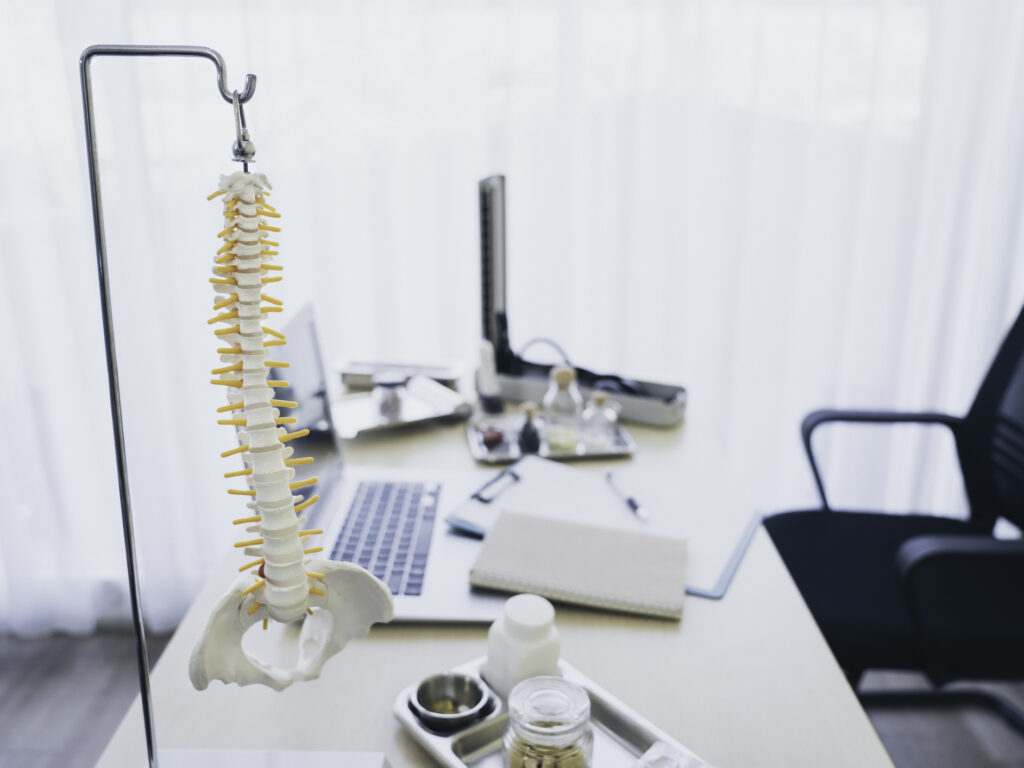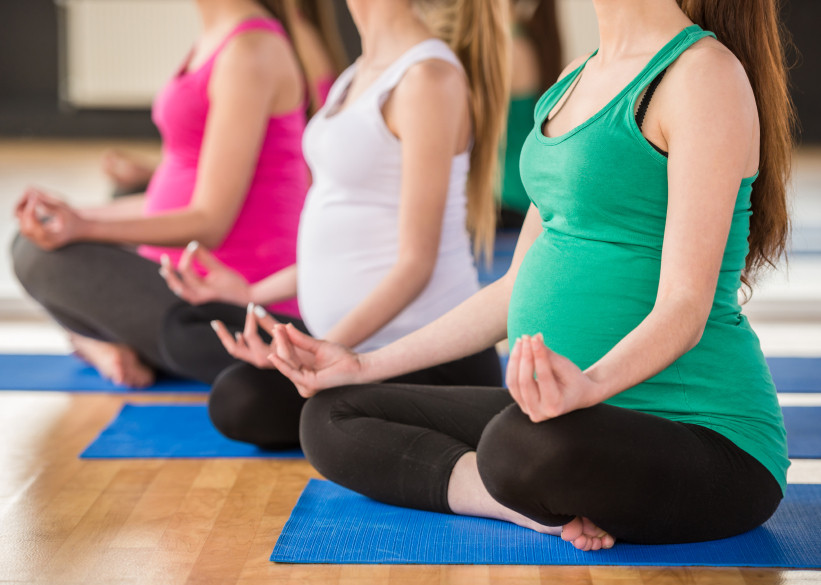Injury Prevention in Brazilian Jiu-Jitsu: Strengthening and Stretching Strategies
Brazilian Jiu-Jitsu (BJJ) is a dynamic martial art that places a strong emphasis on ground combat, submissions, and control techniques. While it offers numerous physical and mental benefits, BJJ practitioners are not immune to injuries. In this blog, we will discuss the common injuries that occur in Brazilian Jiu-Jitsu and explore effective strategies, including strengthening and stretching exercises and how seeing a chiropractor can help prevent these injuries and keep practitioners on the mats for the long haul.
Common Injuries in Brazilian Jiu-Jitsu
Before delving into prevention strategies, it’s crucial to understand the types of injuries that commonly occur in BJJ. These injuries can range from minor strains to more severe issues. Some of the most prevalent BJJ injuries include:
- Joint Sprains and Dislocations:
- BJJ involves a variety of joint locks such as armbars, americanas, kimuras, and dirty wrist locks all the way down to getting knee barred and heel hooked, making practitioners vulnerable to joint sprains and dislocations, particularly in the shoulders, elbows, knees, and fingers.
- Strengthening the muscles surrounding these joints and improving joint stability will help to some degree, However, learning to tap early and not be a hero, and as you become more experienced and technical you learn how and when to escape positions using your whole body mechanics and recognising when its time to tap. After all these years of training, it always amazes me to see people grunting and trying to muscle out of a fully locked armbar only to have their arm pop.
- Muscle Strains and Tears:
- The dynamic movements in grappling in BJJ can lead to muscle strains and tears, often affecting the Rotator cuff muscles of the shoulder and pectoralis muscles, hamstrings, quadriceps, and lower back.
- Regular strength training mobility drills and, especially targeting the core and lower body, can help minimize muscle imbalances and reduce the risk of strains.
- Neck and Spinal Injuries:
- Spinal injuries, including herniated discs, can occur due to being stacked on your neck when playing guard or catching an opponent in a triangle only to have them stack you up putting excessive pressure on your cervical spine, or neck cranks.
- Strengthening the neck muscles and maintaining good fundamental principles such as posture during training is crucial for preventing neck and spinal injuries, and if you do sustain an injury seek help from a health professional.
- Overuse Injuries:
- Overuse injuries, such as tendonitis or tennis elbow (lateral epicondylitis), can develop from repetitive gripping and pulling movements in BJJ.
- Proper gripping technique, strengthening the forearm muscles correctly, and incorporating grip-specific exercises can help prevent overuse injuries.
Now that we’ve discussed common BJJ injuries, let’s explore prevention strategies that involve strengthening and stretching exercises to keep practitioners injury-free.
Strengthening Strategies:
- Core Strengthening:
- A strong core is essential for maintaining stability and preventing injuries in BJJ. Incorporate exercises like planks, Russian twists, and hanging leg raises into your training routine.
- Joint-Strengthening Exercises:
- Focus on strengthening the muscles surrounding vulnerable joints like the shoulders, elbows, and knees. Resistance band exercises, rotator cuff exercises, and leg raises can help improve joint stability.
- Functional Strength Training:
- Emphasize functional strength exercises that mimic BJJ movements. Movements such as bridging, shrimp walking, and technical stand-ups can enhance your overall performance and reduce injury risk.
- Grip Strength Exercises:
- Strong grip strength is vital for BJJ practitioners. Use grip trainers, grip strengtheners, and forearm curls to develop grip endurance and reduce the risk of overuse injuries.
Stretching and Mobility Strategies:
- Dynamic Warm-ups:
- Prior to training or rolling, engage in dynamic warm-up exercises to increase blood flow and mobility. Include movements like leg swings, arm circles, and hip rotations. backwards progressive rolls,
- Static Stretching:
- After your training sessions, engage in static stretching to improve flexibility and reduce muscle tension. Pay attention to the shoulders, hips, and hamstrings, as these areas are often involved in BJJ movements.
- Mobility Work:
- Regular yoga practice or mobility work can help improve overall flexibility, balance, and joint range of motion. Consider adding yoga classes or mobility drills to your training regimen.
- Foam Rolling and Self-Myofascial Release (SMR):
- Foam rolling and SMR techniques can help release muscle knots and improve tissue quality. Focus on the back, shoulders, and legs to alleviate tension and prevent injuries.
Additional Injury Prevention Tips:
- Proper Technique and Sparring:
- Pay close attention to your instructor’s guidance on technique to minimize the risk of injury during drills and sparring. Tap early during submissions to prevent joint injuries. and don’t be a dickhead, it’s not the world championships.
- Listen to Your Body:
- It’s crucial to recognise when your body needs rest. Overtraining can increase the risk of injuries. Give yourself adequate time to recover between intense training sessions, or sometimes do the technique and if you are injured just sit out and watch, You can learn so much from just turning up and watching.
- Use Protective Gear:
- Utilize protective gear like mouthguards, ear guards, and knee pads when necessary. These can provide an extra layer of protection against common injuries such as cauliflower ears, mouth and facial lacerations.
Brazilian Jiu-Jitsu offers a unique combination of physical fitness, mental discipline, and personal growth. However, the risk of injuries is inherent in any combat sport. By implementing a combination of strengthening exercises, mobility/stretching routines, and other injury prevention strategies, BJJ practitioners can significantly reduce their risk of injury and enjoy a safer, more humbling journey on the mats. Remember, the key to longevity in BJJ is not just about winning the roll but also about rolling safely and responsibly to continue improving your and your training partners’ skills and love for the sport.
The benefits of seeing a Chiropractor when practising BJJ:
- Spinal Health: BJJ involves a significant amount of drilling and sparring, which can place stress on different parts of your spine. A chiropractor can assess and address spinal joint sprains and muscle strains that may result from rolling and drilling. Ensuring proper mobility and stability of the different parts of your spine and surrounding muscles can help improve overall function, reduce pain, and enhance overall body mechanics.
- Injury Prevention: Our highly skilled Chiropractors can provide personalised advice on injury prevention techniques and strategies. They can identify areas of concern, assess biomechanical imbalances, and offer recommendations for strengthening exercises, stretching routines, and mobility drills tailored to your specific needs.
- Pain Management: In the event of a BJJ-related injury or chronic pain, chiropractors can offer non-invasive treatments such as spinal adjustments, Dry Needling, Shockwave therapy, soft tissue therapies, and joint mobilization techniques. These therapies can help manage pain, reduce inflammation, and promote the body’s natural healing processes to get you feeling better and therefore you can move better.
- Recovery and Rehabilitation: Chiropractors can work in conjunction with other allied health practitioners and Medical specialists to create comprehensive rehabilitation plans for BJJ practitioners recovering from injuries. These plans may include, targeted exercises, and stretches, training advice, and nutritional information to expedite recovery and restore functional movement.
How “In Good Hands Chiropractic” Can Help:
In Good Hands Chiropractic is well-positioned to provide valuable support to BJJ practitioners in several ways:
- Experienced Professionals: At “In Good Hands Chiropractic” have experience working with athletes, including those in combat sports like Brazilian Jiu Jitsu, MMA and striking. They understand the unique demands and potential risks associated with the sport, allowing them to offer specialized care. In fact, our chiropractor Daniel is a Brazilian Jiu Jitsu Black belt and teaches regularly at SBG Australia.
- Holistic Approach: Our Petersham clinic takes a holistic approach to patient care, focusing on not only alleviating pain but also optimizing overall health and performance. They emphasize personalised treatment plans tailored to each individual’s needs and goals.
- Education and Guidance: The chiropractors at “In Good Hands Chiropractic” can provide education and guidance on proper posture, biomechanics, and injury prevention techniques specific to BJJ. This proactive approach can help practitioners avoid common pitfalls and reduce the risk of injuries.
- Multimodal Care: The clinic can collaborate with other healthcare professionals, such as physical therapists and sports medicine specialists, to ensure an evidence-based approach to injury prevention and management. This collaborative effort enhances the effectiveness of care.
In conclusion, incorporating the expertise of an allied health professional such as our highly skilled Chiropractor Daniel De jesus can be a valuable asset for any Brazilian Jiu-Jitsu practitioner. Daniel’s knowledge of Brazilian Jiu-Jitsu techniques, clinical experience, and personalised care can contribute to your overall well-being and enhance injury prevention strategies. By seeking their guidance and treatment, BJJ practitioners can enjoy a safer, more rewarding experience on the mats, reducing the risk of injury and optimizing their performance. Oss
In Good Hands Chiropractic offers chiropractic care to Sydney and its surrounding suburbs including, but not limited to, Petersham, Newtown, Enmore, Marrickville, Erskineville, Eveleigh, Stanmore, St Peter’s, Lewisham Dulwich Hill, Redfern, Darlington, Leichhardt, Annandale, Glebe, Alexandria, Ashfield, Burwood, and Strathfield.


